 |
Chris Langton was born in Sydney in 1942 not far from Rushcutters Navy base where his father would come and go during the war. Post war deployment to the Navy Torpedo Station at Pittwater coincided with Chris being one of the first Students at Avalon Beach Primary school in 1952 and shortly later the family found themselves aboard the ex troop ship SS Strathmore bound for England. Four years later and a harsh winter or two found them back in Australia and with a broad Jordi accent Chris bounced between local schools before graduating from "Shack Town" (BBHS) in Balgowlah to study Medicine at the University of New South Wales foundation year in 1960. A coincident interview seeking student support with the RAAF Recruiting Office in Sydney led to a successful application to the RAAF as a trainee Pilot and a week later he was stepping off the Southern Aurora train to Melbourne where he joined his classmates on Number 47 Pilots Course. He went on to graduation from AFTS in Pearce WA a year later and was then posted to Fighter Pilot training at Williamtown Air Force Base north of Newcastle in NSW. |
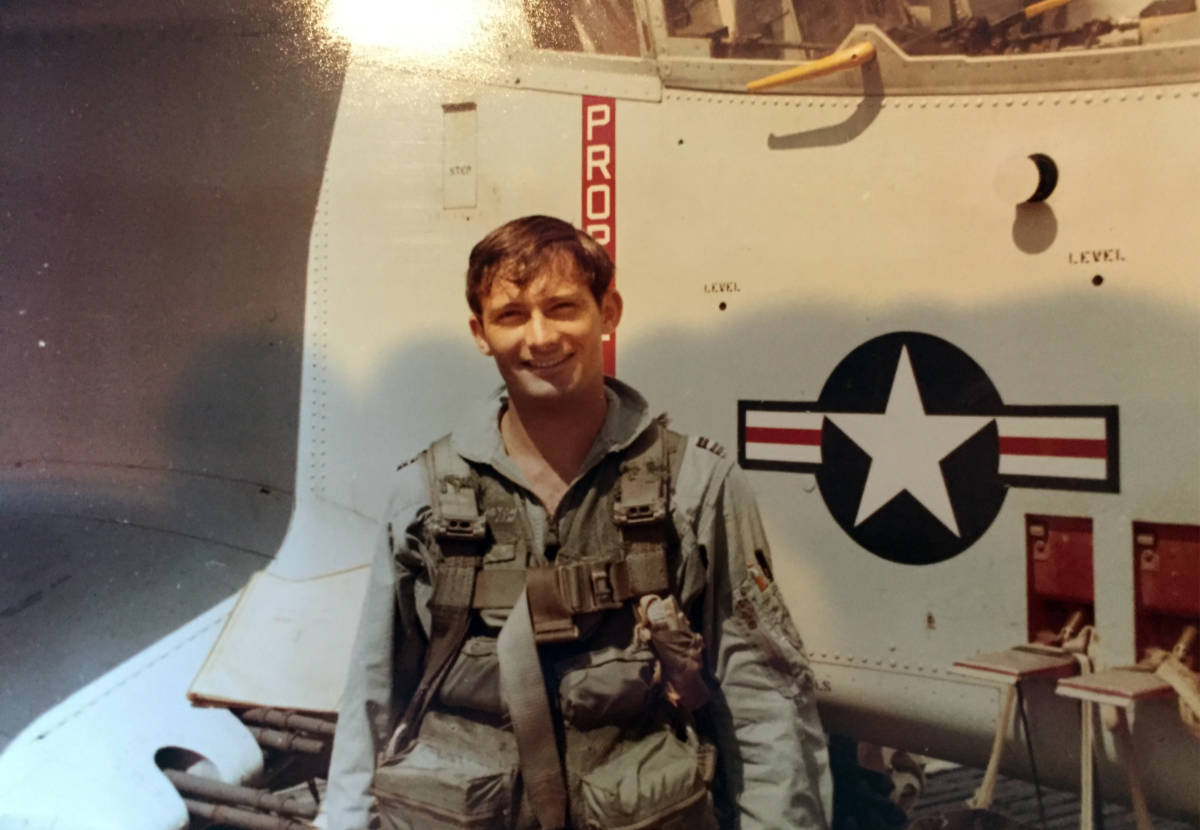 |
Fighter Pilots in that day were trained on the Vampire and then the Avon Sabre and there was a lot happening throughout the sixties firstly with confrontation with Indonesia, the Emergency in Malaya flying out of the Butterworth Air Base and the SEATO operations from the Ubon base in Eastern Thailand (the Australian Zulu's) indirectly supporting the USAF. Back in Malaya the squadron would also conduct operations from Singapore and "tangle" with the RAF for practice and for Langton he also volunteered to undergo a British ground based Forward Air Controller course in support of the British Gurkha regiment based in Penang.
|
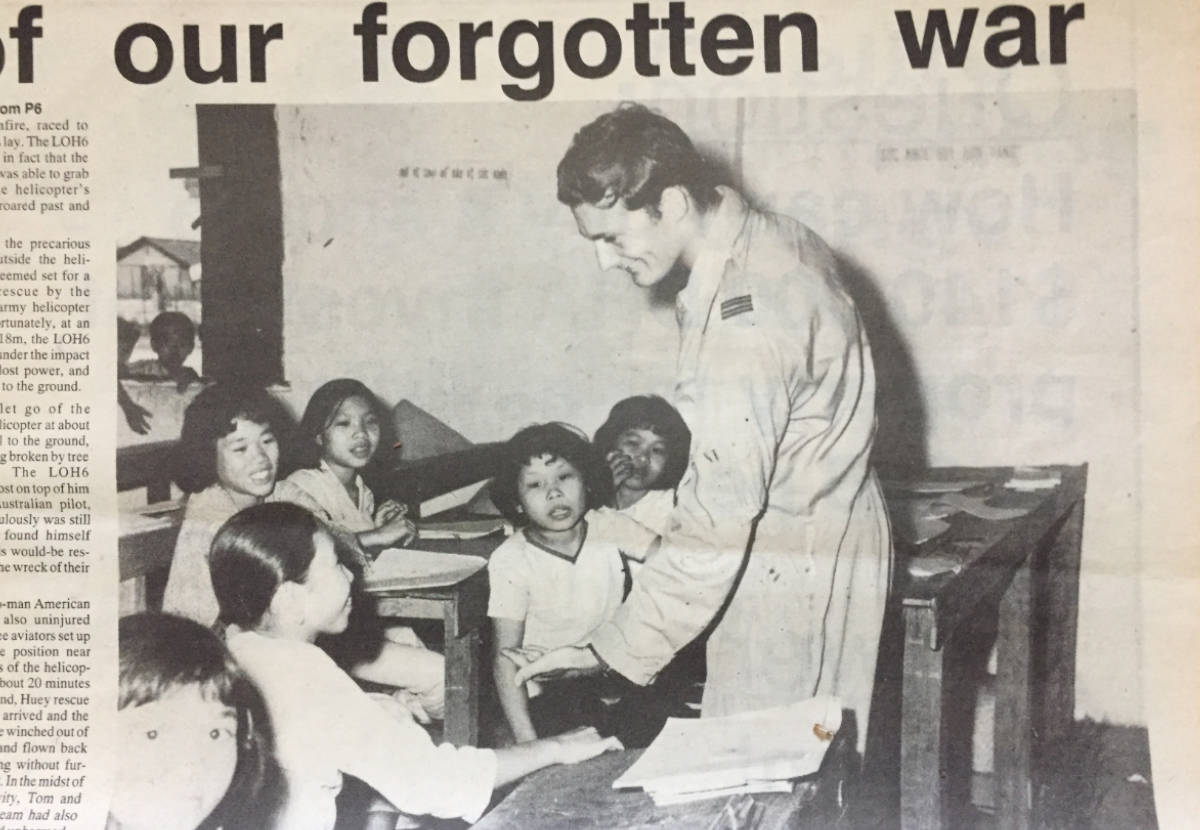 |
In 1967 he was recalled to Australia and joined Number 9 Mirage III conversion course and also qualified as a Military Parachutist with a SAS group at Number 2 PTF before being posted again to Malaya and in early 1969 had volunteered to become a Forward Air Controller in Vietnam. He was posted to support the 1st US Infantry Divisions 3rd Brigade then located at Dau Tieng in III Corps ARVN to the North West of Saigon which had once been part of the Michelen Rubber plantation. He took on a voluntary role as an English teacher at the local school until the area was overrun. The location to the Border was considered very active as it was a regular supply route coming from the Ho Chi Min Trail. From that base and other forward support bases he flew over 300 missions including many of what the FAC would refer to as TIC (Troops in Contact) where the worst of outcomes could be a "short round" where the ordinance they were putting down could cause the loss of friendly lives on the ground. He says that FAC pilots suffering a short round "probably never recovered". |
On the 8th February 1970 his Aircraft was shot down on an extraction Mission very close to the Cambodian Border and both he and his American back seater were forced to eject from the Aircraft and were later picked up by separate Helicopter forces. Chris first rescue Helicopter was also shot down and he helped the two crew from the wreckage. Chris was later flown to Saigon for medical checks and after an extensive debrief he flew a TIC mission the next day when returning to Dau Tieng with a replacement aircraft. About a week later he was forced to take down time due to injuries to the throat. The back seater Captain Tom Coker USMA and a West Point Graduate was the highly regarded Company Commander of the Black Scarves Battalion who Chris had supported on operations previously and he survived without significant injury. His Company and his men were the subject of a well known book about the "Black Scarves" of the Battalion titled "Callsign Dracula" which includes a picture of Sidewinder 13 (Langton) and a snap taken by one of the troops of the OV10 inverted above their position. |
Flt Lt Langton flew over 300 missions and over 500 hours on the USAF OV-10 Bronco Forward Air Control aircraft including being one of a few who flew the Bronco aircraft now Exhibited at the Australian War Memorial (OV-10 Number 649). A picture of Flt Lt Langton teaching at a local Vietnamese School is also depicted at the AWM (the picture taken by a French War Correspondent). Upon return to Australia he completed another three years at Williamtown including flying the Mirage Solo Display during the 1972 RAAF Air Pageant tour across Australia of which he says the display done at Laverton under trying weather conditions was "probably the best of all". In 1973 he responded to an advert for a Pilot in Fiji and for the interview he bought a copy of the Pacific Island Monthly for pre study and shortly thereafter arrived in Suva with Air Pacific starting a Civil Flying Career. He said he carried that book around for years and reckoned it was the best pocket guide to the Pacific you could get. |
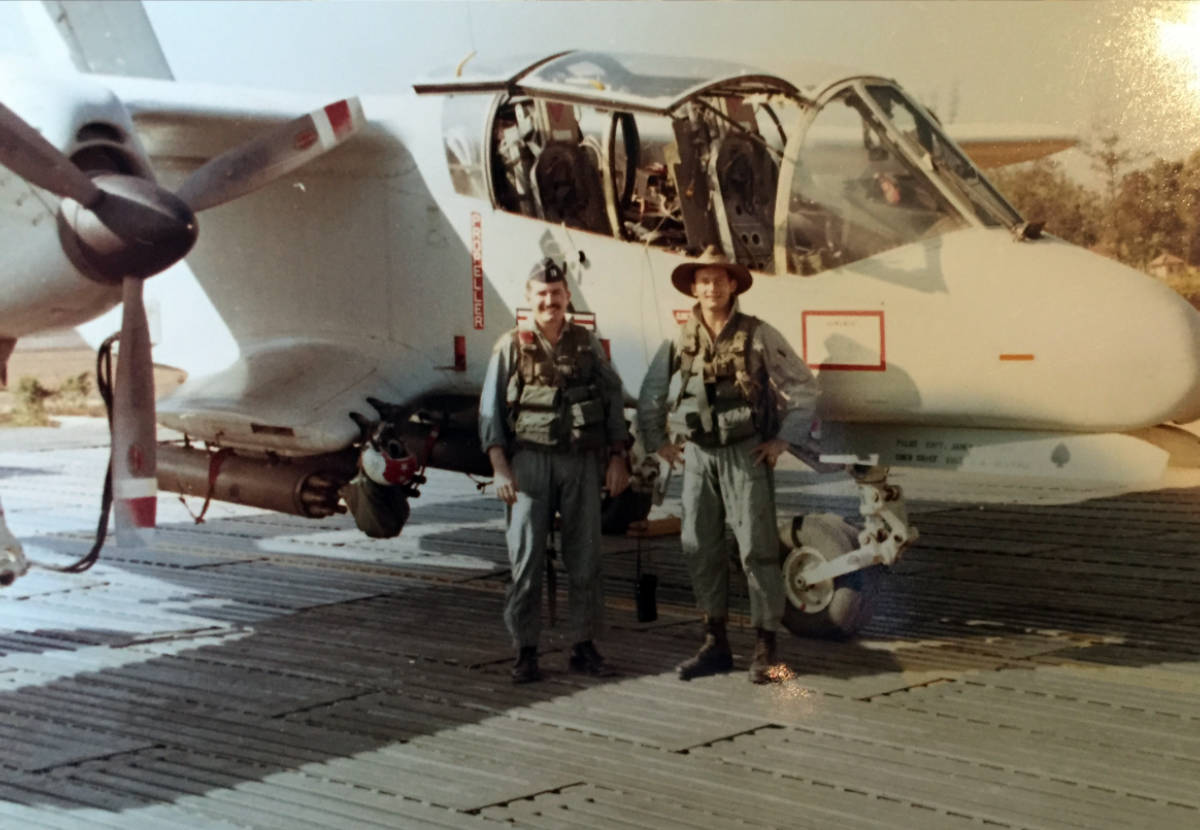 |
The next 45 years of Civil Flying included bases in Fiji, Samoa, Cook Islands, Tonga, Papua New Guinea, Singapore, USA, Australia and New Zealand and many brief deployments across the entire Pacific and South East Asian theatre culminating in a return to Australia with Impulse Airlines (later Jet Star). With a posting to Melbourne on the cards he responded instead to a request from a long time Air Force Fighter Pilot friend to help set up an International Aeromedical Service using long range jets. Chris describes this 5 years of flying as being the most fulfilling of all.
|
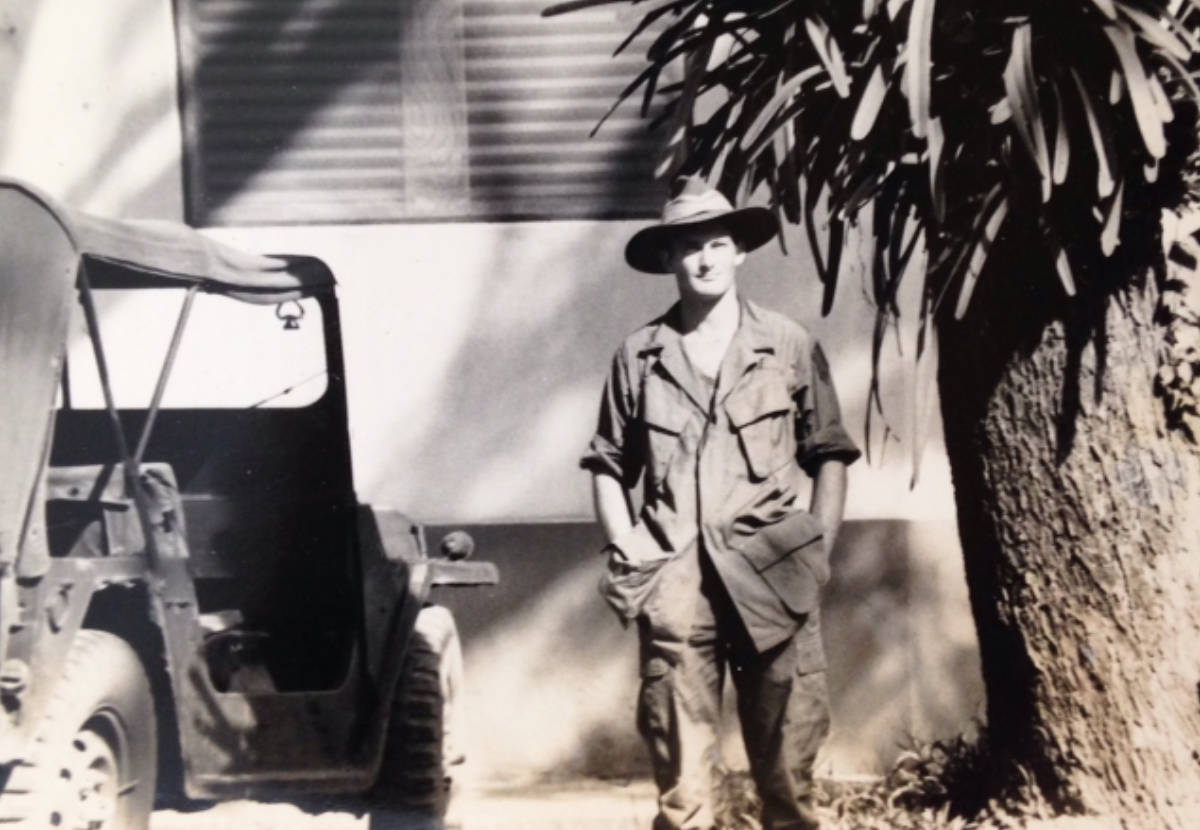 |
In 2012 the opportunity arose to start an Airline in Samoa (Samoa Air) conducting Regular Public Transport including International flights and he brought in the "pay by weight" system which aroused much debate across the world. He recalls "The Japanese flew down about a dozen people including a huge wrestler just to get weighed and charged by the Kilo". In 2013 he responded to a local request for SAR and Aerial Surveillance to support the Navy PMSP in the Pacific which eventually gave rise to the Contract which is now the centre of this dispute with IPDIV and the Government of Australia. Over the years he had recorded some 30 Aircraft in his Pilots Log Book and over 23,000 hours of flying. Chris says that the prospects for Aerial Surveillance in the entire Pacific and what a Civilian Operation could do where a Military could not were "limitless". He says that in his opinion the "disregard and the wilful neglect of this program by the IPDIV bureaucrats will one day be recognised as one of the greatest peace time failures of the Australian Government and certainly since the Pacific Countries moved to become independent." |
"Their actions tell us they had no idea what they were doing or what they were not doing, they were in my view clueless when it came to the Pacific..." Langton concludes that the Phrase "Dog Fight in the Pacific" perfectly describes the ongoing events since the day on 7th August 2015 when it will be alleged that IPDIV as the Commonwealth of Australia has broken the Law and should be held accountable. "Go to Google Earth... Spin the globe... It's all blue... It's Half the planet... It's the Pacific Ocean" |
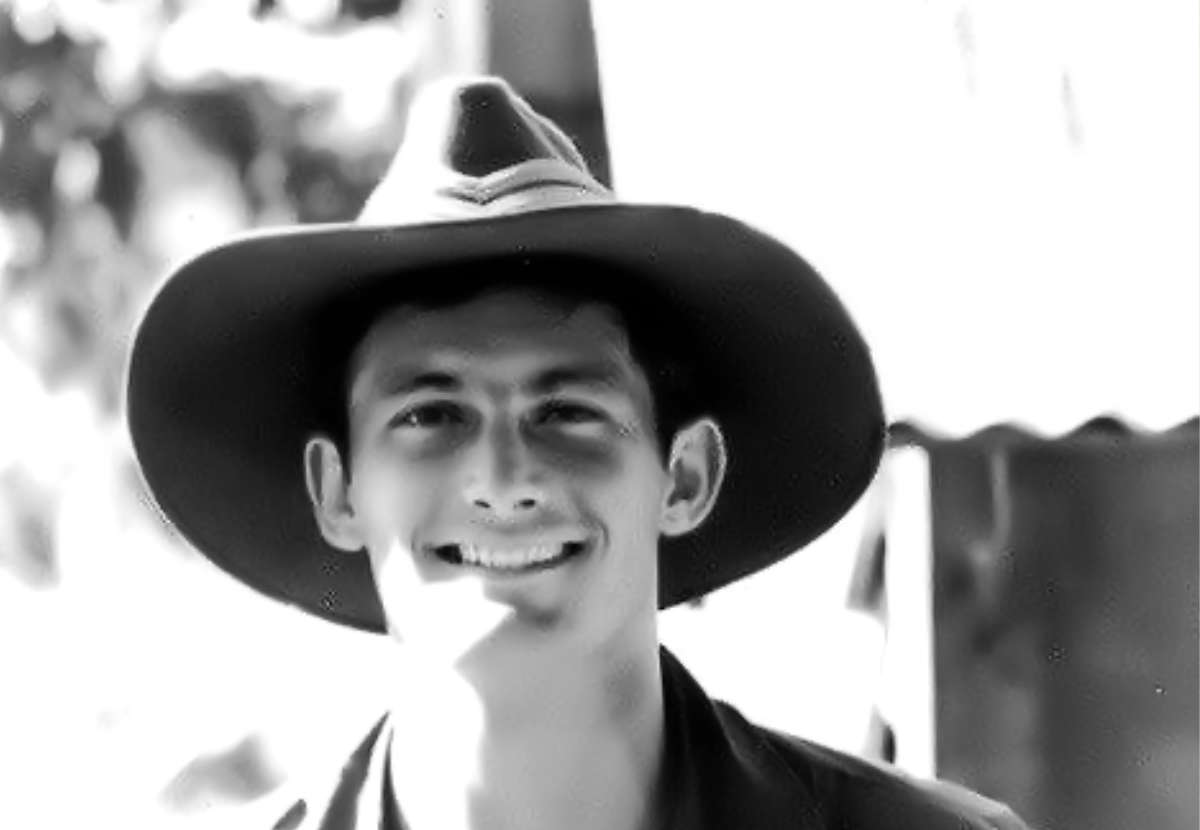 |
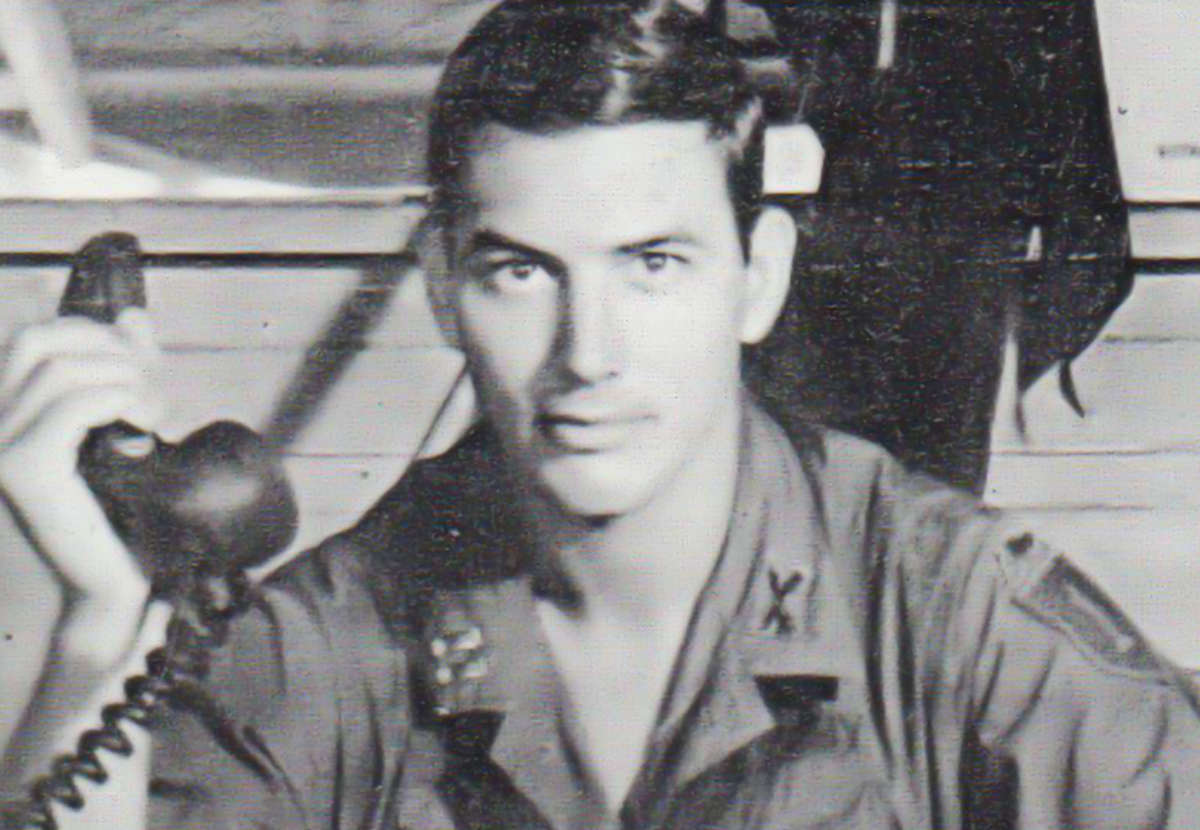 |
|
Chris Langton |
Tom Coker |
TO: |
CHRIS LANGTON |
FROM: |
TOM COKER |
DATE: |
AUGUST 6, 2007 |
RE: |
PLANE CRASH / VIET NAM / APPROX. DATE / FEB 1970 |
Chris Langton has requested that I present a narrative on the plane crash that we were both involved with in February of 1970 in Viet Nam. It will be my intent to be brief in the memo, but I would look forward to further question or comments concerning this incident. By way of introduction, I was born in Houston, Texas, USA. I graduated from the United States Military Academy, West Point, New York in 1967. Prior to going to Viet Nam, I served in Europe for almost two years and successfully completed Air Borne and Ranger Training at Ft. Benning, Georgia, USA. I arrived in Viet Nam with the Rank of Captain in the US Army. While serving in Viet Nam as an Infantry Company Commander and Brigade Staff Officer, I was awarded the Silver Star, two Bronze Stars for Valor, Vietnamese Cross of Gallantry, numerous Air Medals as well as several other service medals. More information on my background is available upon request. The incident that I have been requested to discuss, happened approximately in February of 1970 in Viet Nam. Chris Langton and myself were on an air reconnaissance mission in an OV-10 Model Aircraft for our Brigade in the 1st Infantry Division. |
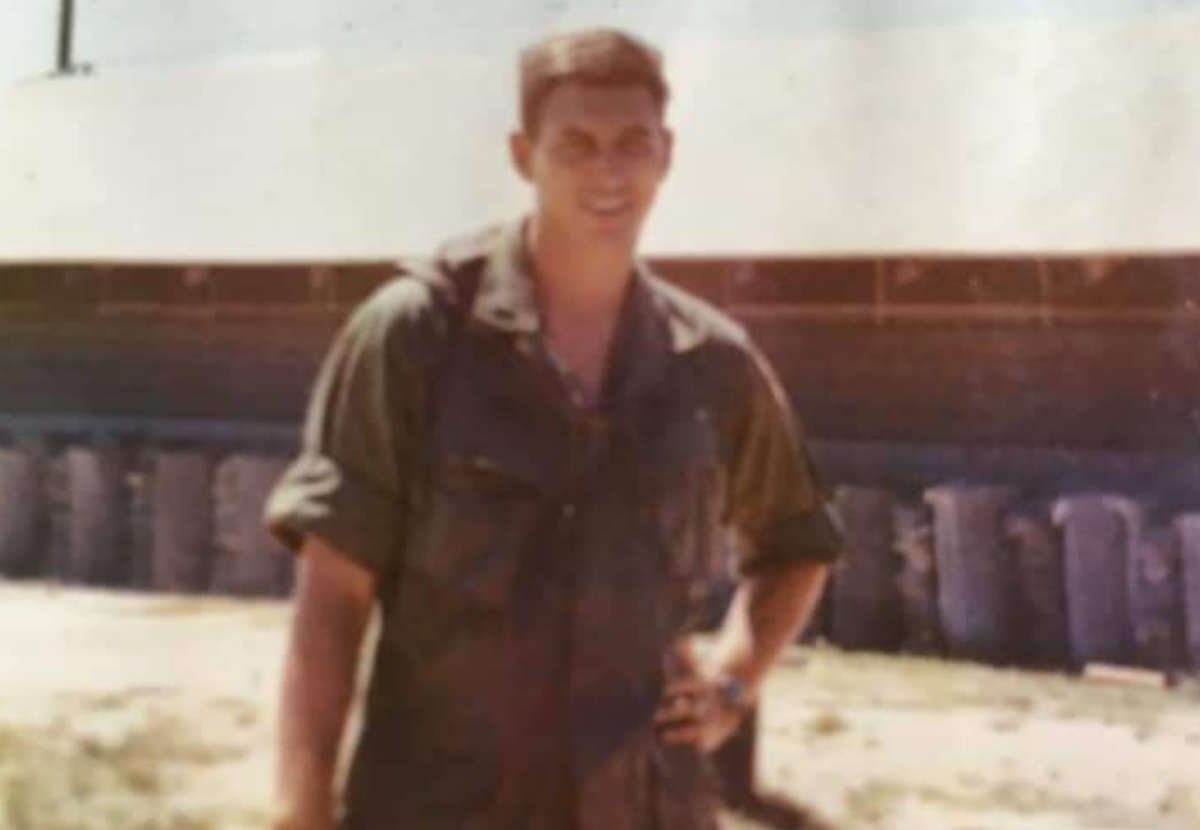 |
 |
As I have since been told by experienced pilots, the ejection system for this airplane was designed to potentially save a pilot's life, but little else. The system fired an explosive devise under the seat that catapulted the pilot and his back seat passenger through the canopy, which was marginally released during this process. The pilot is ejected first by the system, and, thus takes the major impact of the canopy with the top of his head, neck and back. The back seat passenger is then fired out of the plane and into the canopy as well. Since the plane was in a roll at the time, the wind force on the canopy was tremendous. At the point of ejection, I believe I was briefly unconscious after hitting the canopy. I do recall arching my neck and back as I hit the canopy. My pilot's helmet was ripped from my head during this process. The next recollection I had was checking my parachute and looking for Chris. He appeared to me to be unconscious or severely hurt at that time. I did try briefly to yell to him, but it was to no avail. I was thankful that his parachute was working properly. From that point on, I focused on the remaining task at hand, which was to land in triple canopy jungle and potentially being surrounded by the enemy. |
Once on the ground, I discovered via my emergency radio that Chris was alive. We were separated by several hundred meters of very dense jungle. To make a long story short, as I worked my way down from the dense canopy to the ground, I heard that Chris had a helicopter coming into a small clearing he was near to rescue him. I was too far away to make it to this clearing. It is my understanding that Chris attempted to grab the Landing Strut of the helicopter when it was shot down by enemy fire, with the helicopter almost landing on top of him. I have no idea how he survived this venture nor many of the details. Eventually, over a few hours, we were rescued. I was pulled out of the jungle by a helicopter using a "jungle penetrator." I was reunited with Chris that afternoon, but very briefly. We were both very beat up from the crash and tired as well.
During my extensive debriefing by the Air Force, I was informed by one officer that we were one of the few and possibly the only crew to live through an ejection of an OV-10 aircraft up to that point in Viet Nam. They seemed to be puzzled that an Australian Pilot and an Infantry Officer, albeit, airborne trained, were the only two survivors of this type of event. I received the Purple Heart for this action. I felt that Chris deserved the equivalent of this medal for his part as well as several valor awards. I was informed that the Australian Air Force would most likely not recognize this event and to go about my own business.
I did see Chris one brief time prior to leaving Viet Nam. We flew together one more time. I did notice the lack of mobility and apparent stiffness in his upper body and neck. I had a similar problem for a long time.
As mentioned earlier, I would look forward to discussing this incident in any detail you wish. I can be contacted via email at tomcoker67@comcast.net or by phone (303-400-9507). My address is:
Tom Coker
23550 E. Moraine Place
Aurora, CO 80016
